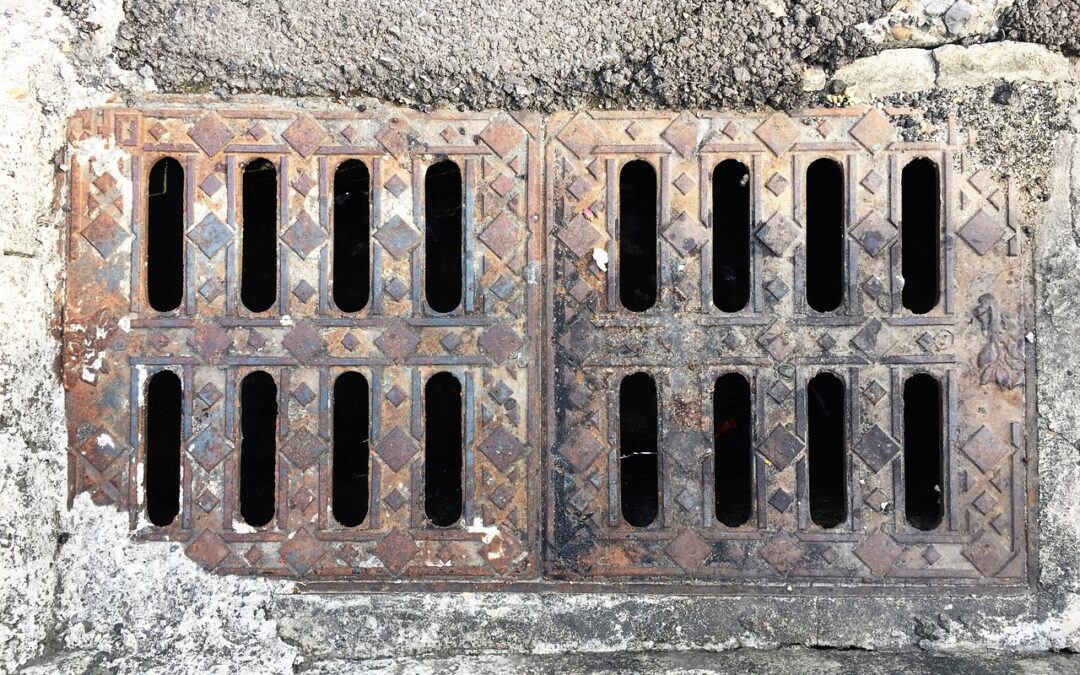Sewer backups are a serious issue that can cause significant damage to your home and pose health risks to your family. When wastewater flows back up into your home, it can bring with it bacteria and unpleasant odors, making it essential to identify and address the problem promptly. To protect your home and family, it’s crucial to understand the common signs of sewer backups and what they mean.
Experiencing slow drains or frequent backups in your sinks, toilets, or tubs can be a clear indicator of a potential sewer issue. These problems can stem from various causes, including blockages in the sewer line, tree roots invading your pipes, or aging plumbing systems. Recognizing these early warning signs can help you take action before the situation worsens.
Unpleasant odors around the house are another red flag. If you notice a persistent sewage smell in your home, it often indicates that there is a blockage in your sewer line or a crack in the pipes, allowing gases to escape. This can be both uncomfortable and hazardous, highlighting the importance of addressing the issue quickly. Being vigilant about these signs will help you keep your home safe and your plumbing system functioning smoothly.
Causes of Sewer Backups in Homes
Sewer backups can be caused by a variety of issues, and understanding these can help us take preventive measures. One of the most common causes is clogs in the sewer line. These clogs can be the result of accumulated grease, hair, or other debris that blocks the flow of water. Over time, these materials build up and restrict the pipe, leading to backups.
Another major cause is tree root infiltration. Tree roots naturally seek out water sources, and the moisture in sewer lines can attract them. These roots can crack sewer pipes or grow into them, causing significant blockages. Additionally, older homes may have deteriorating pipes that collapse or shift, leading to blockages and backups. Heavy rainfall or flooding can also overwhelm the municipal sewer system, causing water to flow back into homes through their sewer lines.
Signs You Might Have a Sewer Backup
Knowing the signs of a sewer backup can help us address the problem before it becomes severe. One clear indicator is slow-moving drains throughout the house. If multiple drains are slow or backed up, it’s likely a sewer line issue rather than just a single clogged drain.
Another sign is the presence of gurgling noises in the pipes when using sinks, tubs, or toilets. These sounds occur when trapped air is forced through the system due to a blockage. Additionally, if you notice an unpleasant odor coming from your drains or around your home, it could indicate a sewer backup. This smell is often persistent and difficult to ignore. Finally, spotting sewage or dirty water backing up into your toilets, showers, or sinks is a sure sign that you have a sewer backup and immediate action is required.
Lush Patches in Your Yard
One unexpected sign of a sewer backup can appear right in your yard. If you notice certain areas of your lawn that are notably greener and more lush than others, it could be a sign that sewage is leaking underground. Sewer water can act as a fertilizer because it’s rich in nutrients, leading to unusually vigorous plant growth.
In addition to lush patches, soggy or muddy spots in your yard, especially when it hasn’t rained recently, can indicate a leaking sewer line. These saturated areas can be dangerous as they might cause sinkholes or other ground instability. If you observe these signs, it’s essential to investigate further because an underground leak can quickly turn into a significant problem, affecting not just your yard but the foundation of your home.
Strange Sounds from Your Plumbing System
Another clear indicator of a sewer backup is unusual noises coming from your plumbing. You might hear gurgling or bubbling sounds after flushing a toilet, draining a sink, or using the washing machine. These noises are caused by trapped air being forced through the pipes due to a blockage in the sewer line.
These strange sounds are a strong signal that something is wrong. The air bubbles have to go somewhere, and if there’s a blockage in the main sewer line, they will make noise as they try to escape through any available opening. Paying attention to these auditory cues can help you detect a sewer line issue early, allowing you to take action before the problem escalates into a full-blown backup or sewer spill inside your home.
Conclusion
Understanding sewer backups and their warning signs is crucial for maintaining a safe and clean home environment. By recognizing the indicators, such as slow drains, unpleasant odors, lush patches in the yard, and strange sounds from the plumbing, we can act quickly to address the issues before they lead to extensive damage. Taking immediate steps like shutting off water and contacting a professional can mitigate further complications.
Preventing future sewer backups involves regular maintenance and proactive measures, like avoiding flushing inappropriate items and keeping tree roots in check. At Shoreway Plumbing, we specialize in diagnosing and resolving sewer line issues to keep your home running smoothly. If you notice any signs of a sewer backup or want to take preventative steps, reach out to us for professional and reliable sewer line repair services. Contact Shoreway Plumbing today to ensure your sewer system is in top shape for 2024 and beyond.


